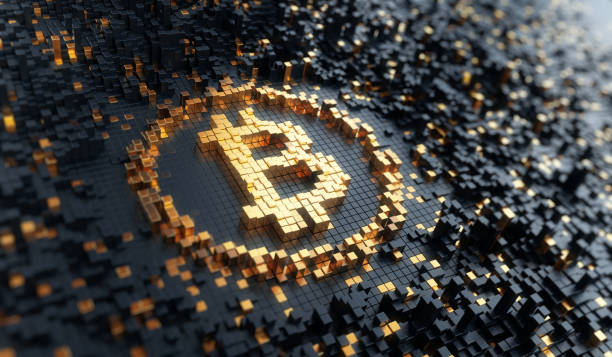Although the silver standard disappeared in the 20th century, the lessons from its rise and fall remain relevant to modern monetary systems. Today, the global economy faces many of the same challenges that defined the silver standard era—inflation, currency devaluation, economic cycles, and the search for stable stores of value. While fiat currencies dominate, alternative assets like gold, silver, and cryptocurrencies have gained renewed interest, especially as concerns over monetary inflation and financial instability grow. This post explores how the silver standard compares to modern monetary challenges and examines how cryptocurrencies, often called “digital gold,” mirror the historic role of silver and gold in global finance.

1. The Silver Standard and Modern Monetary Challenges
- Inflation and the Money Supply Debate
- Under the silver standard, the money supply was constrained by silver reserves, limiting inflation but also restricting economic growth.
- Today, fiat currencies allow central banks to expand the money supply, which can boost economic activity but also risk inflation and currency devaluation.
- The ongoing debate over monetary expansion vs. stability echoes the historical tensions between metal-backed and fiat systems.
- Currency Devaluation and Trust in Money
- In the 19th century, abandoning silver led to monetary instability and political debates, much like today’s concerns over debt-fueled economies and central bank policies.
- Many investors seek gold, silver, or digital assets as a hedge against weakening fiat currencies, mirroring the way silver once provided stability in pre-modern economies.
- Financial Crises and Safe-Haven Assets
- When financial crises occur, investors turn to hard assets like silver and gold.
- Silver’s boom in the 1970s, the Hunt Brothers’ silver speculation in 1980, and silver’s surge in 2008 highlight its continued role as a wealth preservation tool.
- The modern search for alternative assets reflects how silver was historically used to protect against economic uncertainty.
2. Cryptocurrencies: The “Digital Silver” of the 21st Century?
- Decentralization and Independence from Central Banks
- Like silver and gold in historical monetary systems, Bitcoin and other cryptocurrencies operate outside of government control.
- Cryptocurrencies appeal to those who distrust central banks, fiat inflation, and monetary intervention, much like silver advocates of the past resisted the gold standard’s dominance.
- Scarcity and Store of Value
- Silver and gold’s limited supply gave them value as monetary metals.
- Cryptocurrencies, particularly Bitcoin (BTC), mimic this concept through fixed supply mechanisms (e.g., Bitcoin’s 21 million cap), reinforcing the idea of scarcity-driven value.
- Some analysts refer to Bitcoin as “digital gold” and Litecoin (LTC) as “digital silver,” comparing their roles to historical monetary metals.
- Volatility and Market Speculation
- Like silver, cryptocurrencies are highly volatile, with sharp price swings based on market speculation, economic events, and regulatory changes.
- The Hunt Brothers’ silver bubble (1980) and Bitcoin’s 2017 and 2021 surges share similarities in how speculative demand drives price spikes and crashes.
- Adoption Challenges
- While silver was widely accepted in trade for centuries, its demonetization was gradual, and many resisted the transition to fiat currencies.
- Cryptocurrencies face similar adoption hurdles, as governments regulate digital assets and debate their monetary legitimacy.
3. Could Silver or Cryptocurrencies Play a Role in Future Monetary Systems?
- The Return of Metal-Backed Currency?
- With growing concerns about fiat inflation, some advocate for a return to commodity-backed money, similar to the silver and gold standards.
- However, governments prefer flexible monetary policies, making a full return to a silver-based or gold-based system unlikely.
- Cryptocurrencies as a Global Reserve Asset?
- Some nations and companies are accumulating Bitcoin as a reserve asset, similar to how gold and silver were once stored by central banks.
- While Bitcoin lacks physical backing, its decentralization, scarcity, and deflationary model appeal to those seeking an alternative to fiat devaluation.
- Silver’s Role in the Digital Economy
- Unlike gold, silver remains essential for industry, particularly in technology, solar energy, and electric vehicles.
- While silver may not return as money, its industrial value ensures ongoing demand, potentially influencing future monetary trends.
Conclusion: The Evolving Search for Stable Value
The decline of the silver standard mirrors today’s debates over monetary policy, inflation, and alternative assets. While fiat currencies dominate, silver, gold, and cryptocurrencies continue to serve as alternative stores of value in uncertain economic times. Silver’s historical role as money, a commodity, and an investment asset provides key lessons for understanding modern financial challenges and the ongoing search for stability in global finance.
